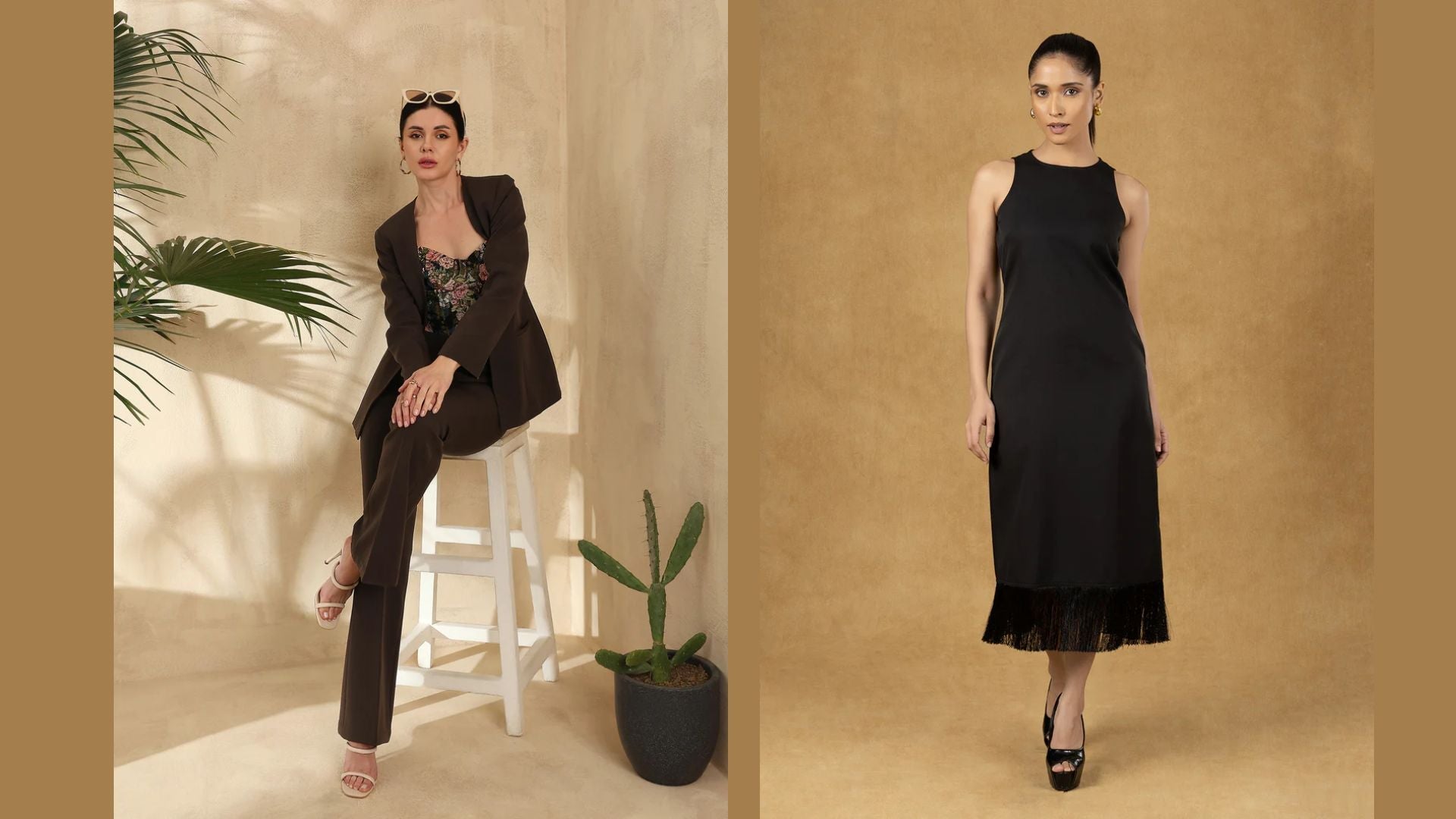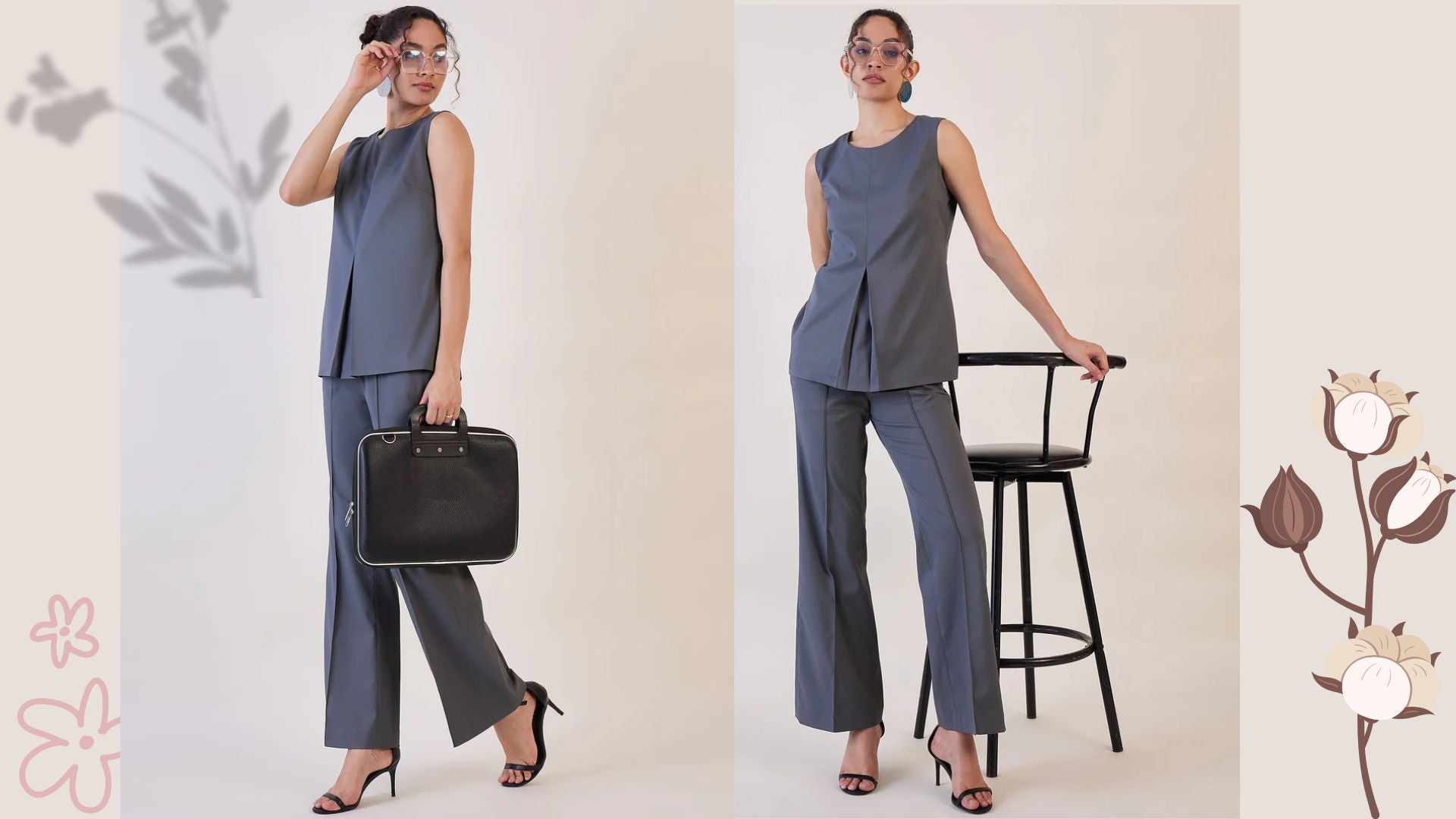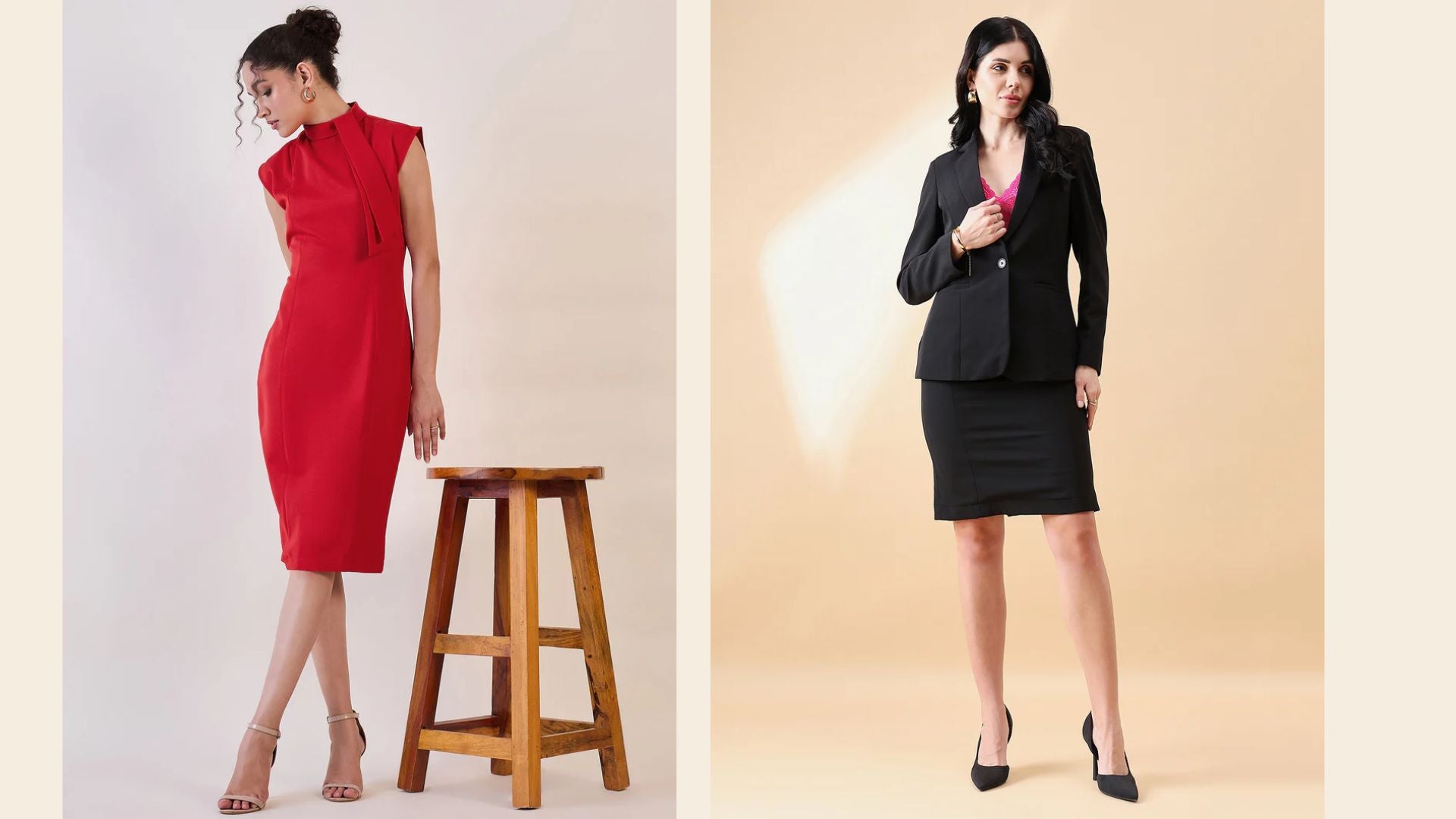
Formal Dress vs Casual Dress – Which One Should You Choose?
Choosing the appropriate attire can be challenging, especially when distinguishing between casual and formal dress codes. Understanding the difference between casual and formal attire is essential for making the right impression in various settings. Formal dress codes typically involve tailored suits, conservative dresses, and professional separates in neutral colors with minimal accessories.
In contrast, casual attire is more relaxed, allowing for jeans, t-shirts, and more comfortable footwear. Selecting the appropriate attire depends on the occasion and the desired level of professionalism.
Understanding Formal Dress
Formal dress is designed for occasions that require a high level of elegance and sophistication. It typically includes clothing items that are tailored, made from high-quality fabrics, and often feature more conservative colors and styles. Understanding the formal dress code is crucial for attending high-profile events and maintaining a professional appearance.
Characteristics of Formal Dress
- Materials: High-quality fabrics such as silk, satin, and wool are commonly used.
- Colors: Darker and more subdued colors are prevalent, although tasteful bright colors can be appropriate for certain formal events.
- Fit: Formal wear is usually tailored to provide a specific silhouette.
- Accessories: Formal attire often includes specific accessories like ties, cufflinks, and elegant jewelry.
When to Choose Formal Dress
Opt for formal attire when attending:
- Weddings
- Galas
- Formal business meetings
- State dinners
- Ceremonial events
- Black-tie affairs
Formal Dress Code Explained
The formal dress code can vary depending on the event. Here are some common formal dress codes:
- White Tie: The most formal dress code, typically reserved for state dinners and royal events.
- Black Tie: Slightly less formal than white tie, often seen at evening weddings and galas.
- Black Tie Optional: Allows for more flexibility, but still requires a high level of formality.
- Creative Black Tie: Permits more personal expression while maintaining a formal appearance.
Understanding these distinctions can help you choose the appropriate formal attire for any event.
Understanding Casual Dress
Casual dress emphasizes comfort and individual expression. It's more relaxed and suitable for a wide range of informal settings. However, casual doesn't mean sloppy – it's important to maintain a put-together appearance even in relaxed environments. For instance, comfortable formal trousers for women can be a great choice for lounging at home.
Characteristics of Casual Dress
- Materials: Comfortable materials like cotton, denim, and jersey are common.
- Colors: A wide range of colors and patterns are acceptable.
- Fit: Casual clothing is often looser and more relaxed.
- Accessories: Simpler accessories that focus on personal style are typical.
When to Choose Casual Dress
Casual attire is appropriate for:
- Daily wear
- Social outings with friends
- Casual restaurants
- Relaxing at home
- Weekend activities
Key Differences Between Formal and Casual Dress
Purpose and Occasion
Formal wear/formal tops for women is selected for special events requiring adherence to dress codes, while casual wear is chosen for comfort and everyday activities.
Fabric Quality
Formal clothing often uses higher-quality, more expensive fabrics compared to casual wear.
Fit and Structure
There are many types of Formal wear for ladies, and they are typically more structured and tailored, whereas casual clothing tends to be looser and more relaxed.
Color Palette
Formal wear usually features more conservative colors, while casual wear embraces a broader spectrum of colors and patterns.
Accessories
Formal attire often requires specific accessories, while casual wear allows for more personal expression through accessories.
Choosing Between Formal and Casual Dress
When deciding between formal and casual dress, consider the following factors:
- Event Type: Assess the nature of the event you're attending. Is it a formal ceremony or a casual get-together?
- Dress Code: Check if there's a specified dress code for the occasion.
- Location: Consider the venue and its typical atmosphere.
- Time of Day: Evening events tend to be more formal than daytime gatherings.
- Personal Comfort: Choose an outfit that makes you feel confident and comfortable.
- Weather: Take into account the season and expected weather conditions.
Formal and Casual Dress for Different Genders
For Men
Formal Dress:
- Tuxedos
- Suits
- Dress shirts and ties
- Dress shoes
- Tailored trousers
Casual Dress:
- Jeans or khakis
- T-shirts or polo shirts
- Casual button-down shirts
- Sneakers or loafers
For Women
Formal Dress:
- Evening gowns
- Skirt suits for women
- Pant suits for women
- Cocktail dresses
- Dressy pantsuits
- High heels
- Tailored trousers with a formal blouse
Casual Dress:
- Casual dresses
- Jeans or leggings
- Blouses or t-shirts
- Flats or sandals
The Rise of Business Casual and Smart Casual
In recent years, many workplaces have adopted a business casual dress code, which falls between formal and casual wear. This style allows for a more relaxed appearance while maintaining a professional look. Additionally, the concept of smart casual has gained popularity, offering a polished yet comfortable option for various settings.
Business Casual
Business Casual for Men:
- Dress slacks or khakis
- Collared shirts or polo shirts
- Optional blazer or sport coat
- Dress shoes or loafers
Business Casual for Women:
- Slacks or skirts
- Blouses or sweaters
- Dresses (not too formal or casual)
- Closed-toe shoes or dressy sandals
Smart Casual
Smart casual is a step up from business casual but not as formal as traditional business attire. It's perfect for business events that require a polished look without being overly formal.
Smart Casual for Men:
- Tailored trousers or dark jeans
- Button-down shirts or polo shirts
- Blazers or sport coats
- Leather shoes or dressy loafers
Smart Casual for Women:
- Tailored pants or skirts
- Blouses or sweaters
- Dresses with a sophisticated cut
- Heels, flats, or dressy sandals
Navigating Business Events
Business events often require careful consideration of your attire. Here are some tips for dressing appropriately:
- Research the Company Culture: Different industries and companies have varying expectations for business attire.
- Consider the Event Type: A client meeting may require more formal attire than an internal team-building event.
- Err on the Side of Formality: When in doubt, it's better to be slightly overdressed than underdressed.
- Pay Attention to Details: Ensure your clothes are clean, pressed, and well-fitted.
- Accessorize Thoughtfully: Choose accessories that complement your outfit without being distracting.
The Importance of Tailored Trousers
Whether you're dressing for a formal occasion or aiming for a smart casual look, tailored trousers can make a significant difference in your overall appearance. Here's why they're essential:
- Professional Appearance: Well-fitted trousers create a polished, put-together look.
- Versatility: Tailored trousers can be dressed up or down, making them suitable for various occasions.
- Comfort: Properly tailored trousers are more comfortable than ill-fitting ones.
- Longevity: Quality tailored trousers tend to last longer and maintain their shape better.
- Confidence Boost: Wearing well-fitted clothing can increase your confidence and improve your overall demeanor.
Adapting to Changing Dress Codes
As workplace cultures evolve and social norms shift, dress codes are becoming more fluid. Here are some tips for staying adaptable:
- Stay Informed: Keep up with current fashion trends and workplace dress code changes.
- Build a Versatile Wardrobe: Invest in pieces that can be easily dressed up or down.
- Master the Art of Layering: This allows you to quickly adjust your outfit to suit different settings.
- Prioritize Quality: Well-made clothing items can often transition between casual and more formal settings.
- Seek Feedback: If you're unsure about your outfit choices, don't hesitate to ask for input from colleagues or friends.
Conclusion
Choosing between formal and casual dress depends on various factors, including the occasion, your personal style, and how you wish to present yourself. Understanding the nuances between the two can help you make informed decisions about your wardrobe and ensure you're appropriately dressed for any event.
Remember, when in doubt, it's usually better to err on the side of being slightly overdressed rather than underdressed. By considering the event type, dress code, and your personal comfort, you can confidently select the right outfit for any occasion.
Whether you're attending business events, navigating smart casual dress codes, or simply trying to strike the right balance between formal and casual attire, the key is to remain adaptable and confident in your choices. There are many women formal wear brands in India, one such is Powersutra. With a well-curated wardrobe that includes versatile pieces like tailored trousers and a mix of formal and casual options, you'll be prepared for any sartorial challenge that comes your way.
Frequently Asked Questions
What is the difference between a casual and formal dress?
Formal dresses are characterized by elaborate designs and high-quality materials, while casual dresses prioritize comfort and personal expression. Formal dresses are typically longer and more structured, whereas casual dresses can be of varying lengths and more relaxed in style.
What is the difference between a casual and formal blazer?
Formal blazers have a structured fit and are often made from high-end fabrics like wool or silk. Casual blazers tend to be more relaxed in fit and may feature more vibrant colors or patterns. They're often made from materials like cotton or linen.
Which is best formal or casual?
Neither is inherently better; the choice depends on the occasion. Formal attire is best for events requiring sophistication, while casual attire is ideal for everyday wear and relaxed settings.
What is the difference between formal and casual trousers?
Formal trousers are typically tailored, often in darker shades, and made from high-quality fabrics like wool. Casual trousers, such as jeans or chinos, are made from more comfortable materials like cotton or denim and come in various colors and styles.
How can I make a casual outfit look more formal?
To elevate a casual outfit, add a blazer, choose dressier shoes, incorporate accessories like a statement necklace or watch, and opt for more structured pieces in darker colors. Ensure your clothes are well-fitted and wrinkle-free.



